Would a young car enthusiast guess the 700 Coupé to be a BMW, sans logo? No way.
Tiny and cleanly styled, it’s from another age, when Autocar still had to literally spell out Bayerische Motoren Werke.
In fact, BMW had in 1959 only just avoided being sold to Daimler-Benz (imagine!) as industrialist Herbert Quandt had decided to instead up his stake and bankroll development of the new car.
Its success was vital – and was already 15 months strong as the first right-hookers came in 1962.
Subscribe to the Autocar Archive today
Its basis could be traced to the Isetta bubble car, and in the back was a 697cc motorcycle flat twin making just 40bhp at 5800rpm.
Our testers said: “Performance is astonishingly good. It accelerated from 0-60mph in 23.4sec. A mean maximum speed of over 78mph is among the highest from such a small engine [we’ve] ever recorded.
“Improvements in times could certainly have been made if the gear selection linkage had not been so stiff and imprecise. It’s almost impossible to reach the limit of adhesion, and it can be driven through a series of bends incredibly smartly and smoothly.
“One of the reasons for this is the complete control that one can maintain through the quick, accurate and sensitive steering. On the other hand, directional stability is particularly poor, and it’s impossible to place exactly.
“For a small car, the ride is astonishingly comfortable. Equipment is very complete, but BMW would have done well to pay more attention to final quality.”
You needed £1040 for a new 700 Coupé – £22,690 in today’s money.
Turbine Dodge crosses US



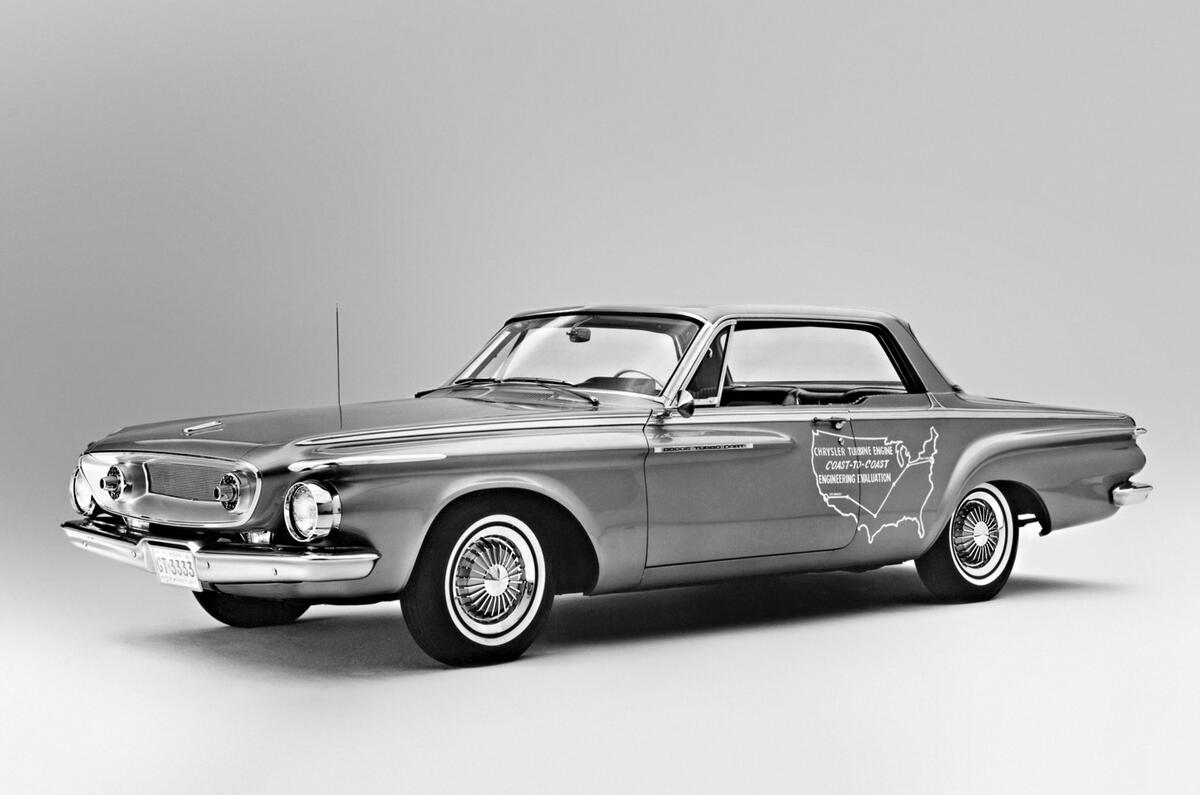

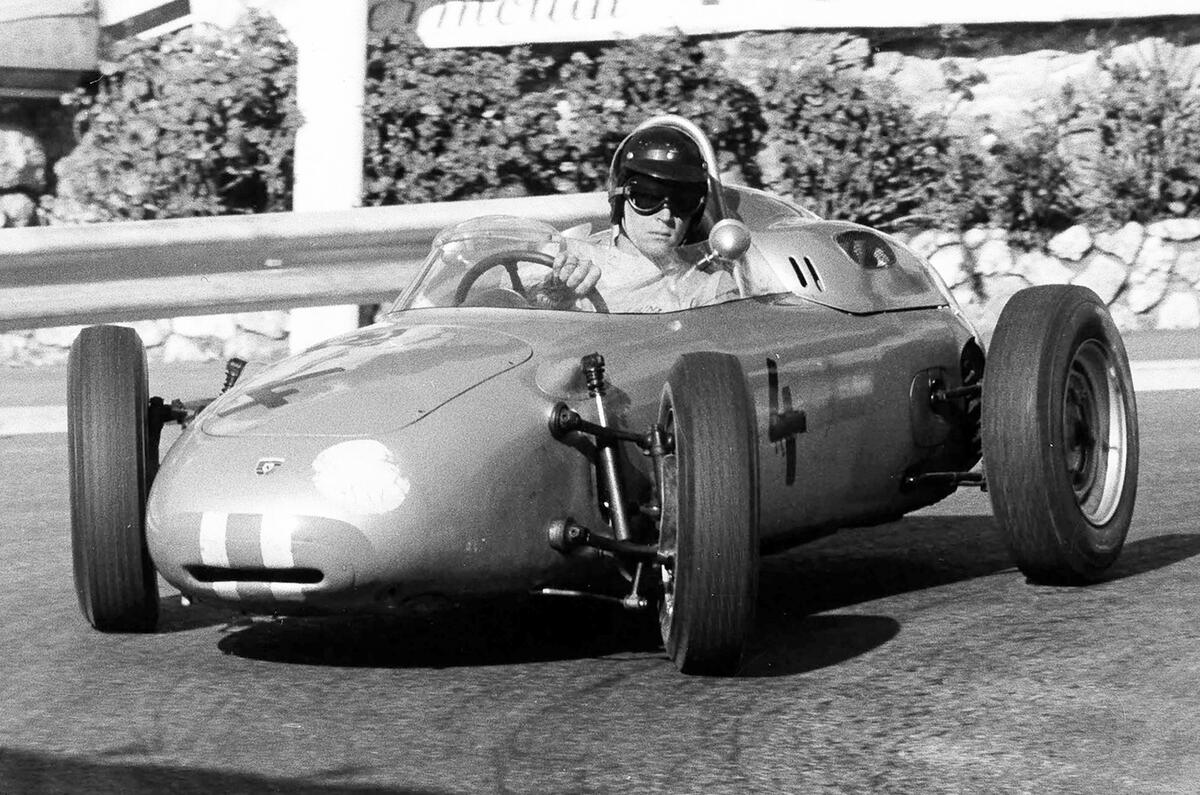
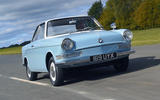
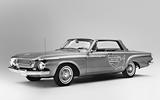
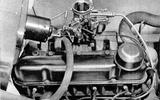
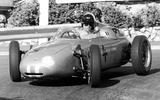


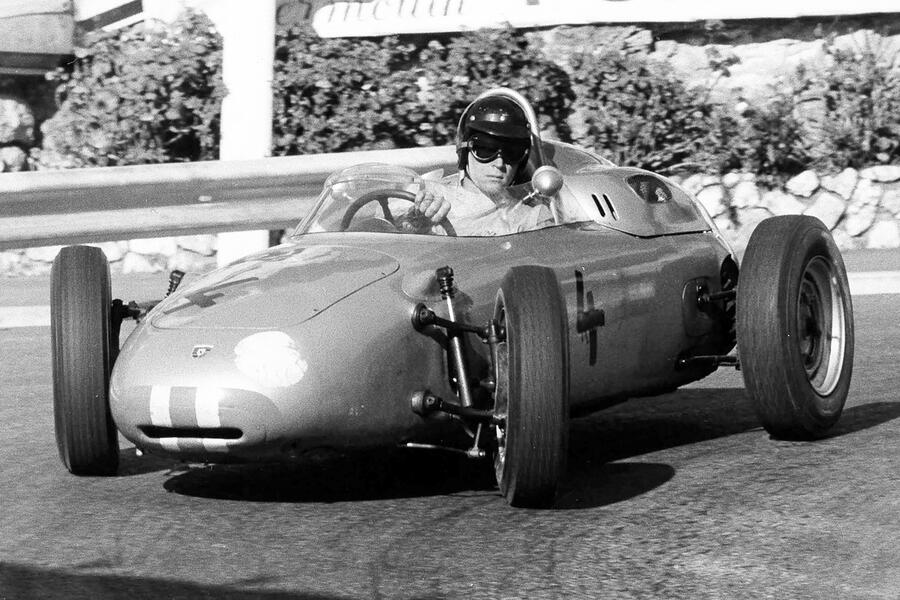


Add your comment